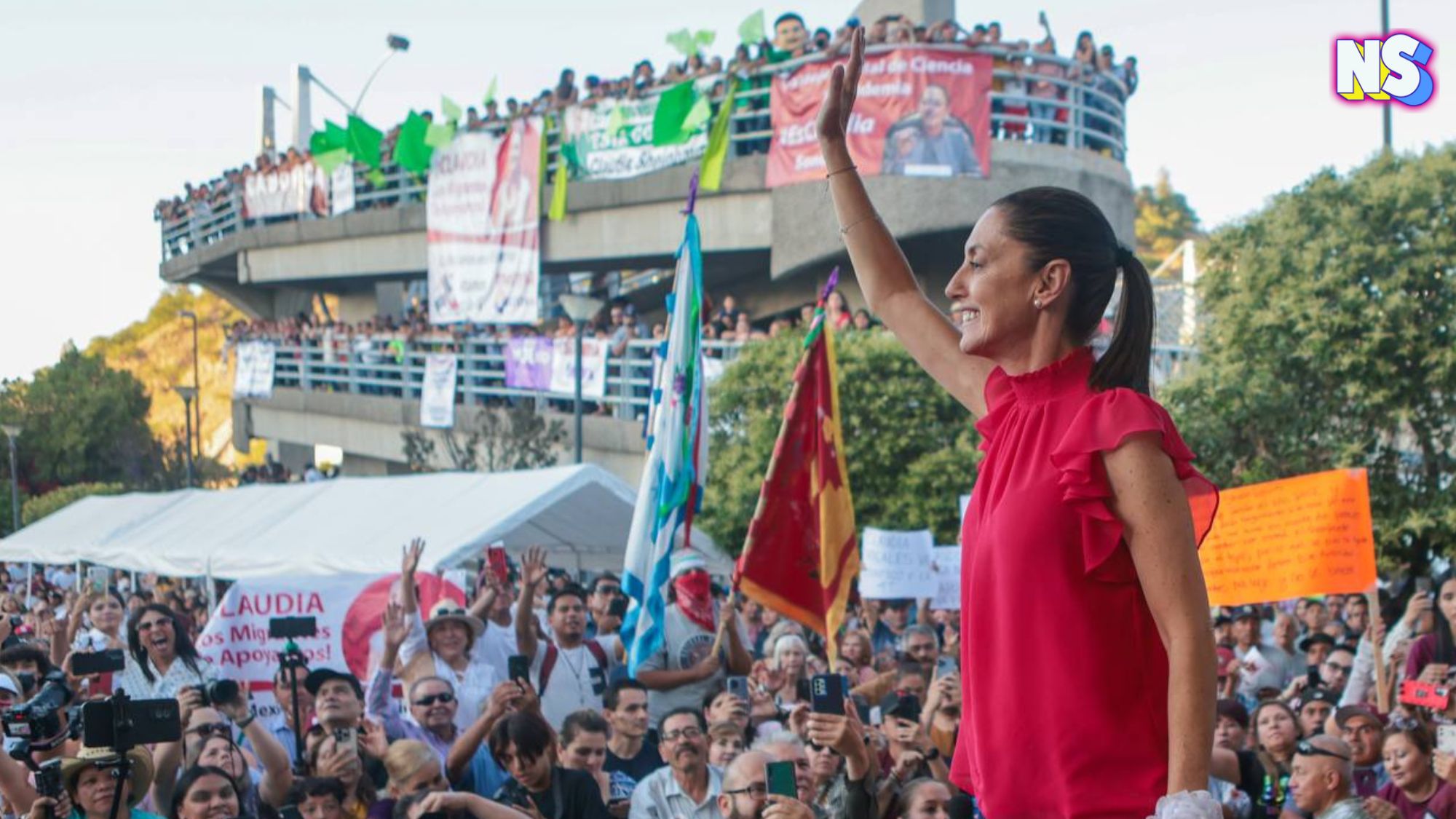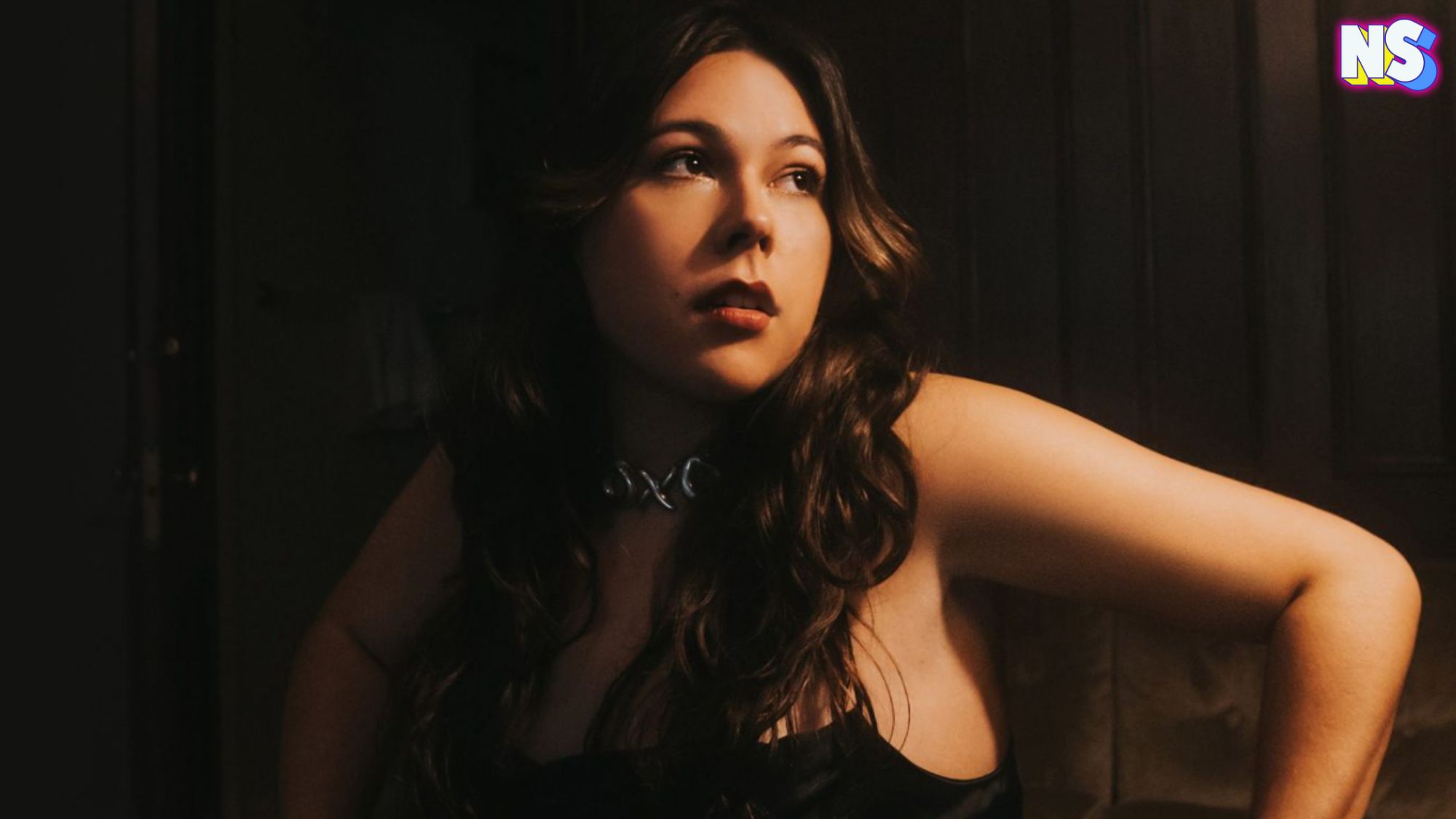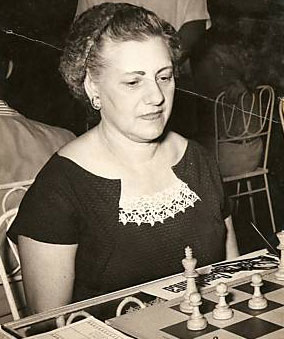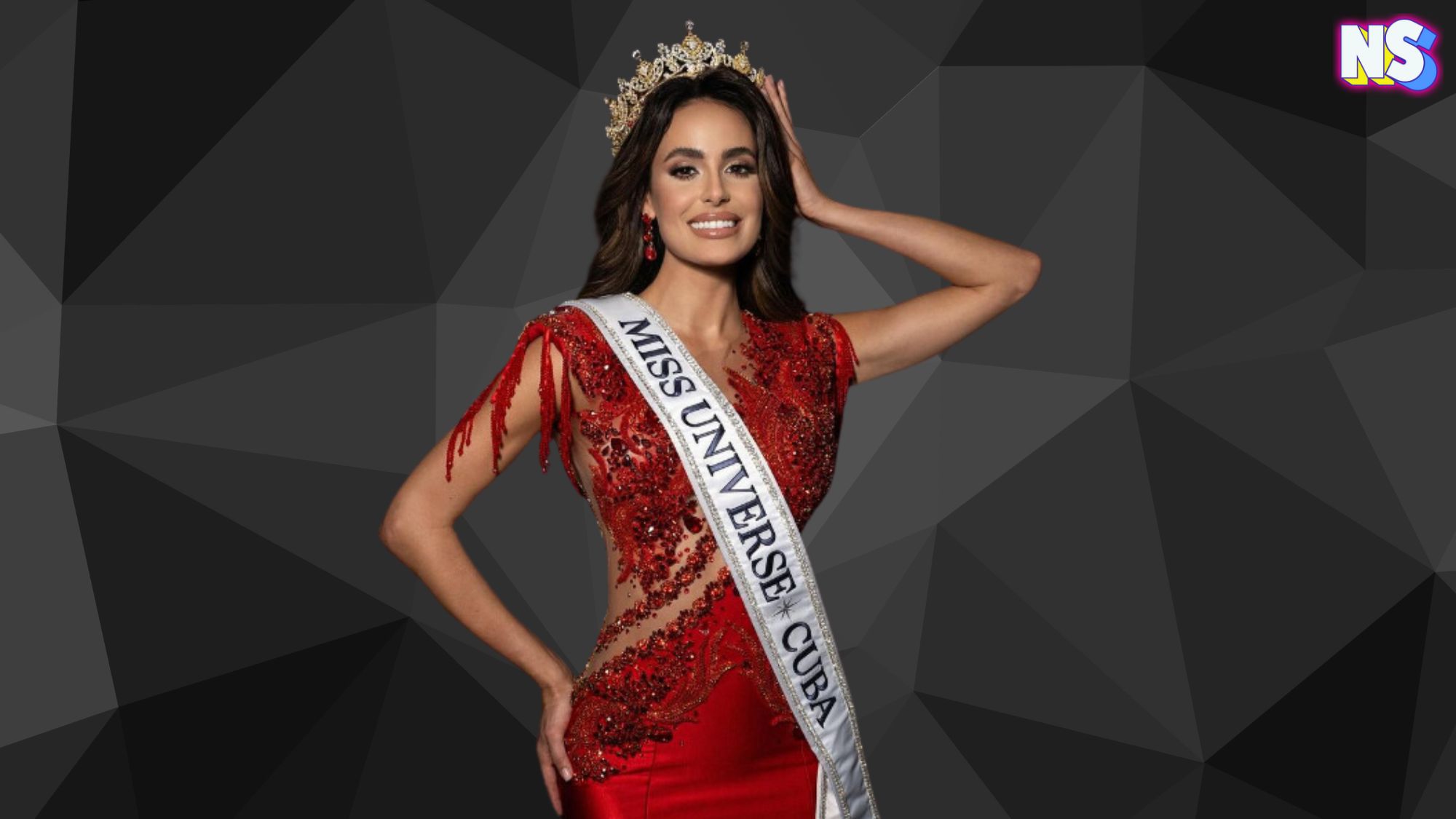My father named me after Russia’s Catherine the Great. I didn’t exactly know why she was great, but I always liked knowing that I was named after her. It’s like, somehow, I was connected to someone important.
When I found out I was pregnant with a girl, I wanted to give her the same gift of “greatness” that my father gave me. So I followed in his footsteps, and skipped right over traditional “popular baby names” lists. I turned to the history books instead.
To update things, I only looked for great female world leaders from Latin America. No doubt my baby would grow up to be a proud Latina one day. But there was a minor problem. I couldn’t find many "great" historic figures like Catherine the Great. I kept bumping into a “Juana la Loca” from Spain. That was no bueno.
So I created an updated criteria: let’s name the baby after a current female president in Latin America. This search worked. I found a handful of beautiful names, from Nicaragua to Argentina. I’m not saying there were many to choose from, but each was inspirational and would fulfill my parental promise to my unborn baby girl. Her name represented greatness. I chose to name her after Cristina Fernandez Kushner, the then president of Argentina.
Celebrating the First Female President in North America
Since Cristina’s birth in 2011, the number of female presidents in Latin American countries has been climbing steadily. I know this because I’ve been following the trend since my baby-name quest over a decade ago. So you can only imagine my delight when Mexico made history by electing its first female president, Claudia Sheinbaum last week.
Not only did Sheinbaum, a former mayor of Mexico City, win the presidential race and secure a significant milestone for both Mexico and North America. But her name, Claudia, is a beautiful addition to the growing list of female leaders of Latin America. (Expectant moms surely agree with me on this one.)
Beyond her name, Sheinbaum's accomplisment is worth celebrating. Her victory shattered stereotypes and demonstrated that Mexico, and, maybe North America, is ready for change.
It Didn't Happen By Chance
From what I found, the empowerment of women in Mexican politics didn’t happen by chance. It resulted from a deliberate construction of a legal framework fostering gender parity. Starting in 1996, laws recommended that at least 30 percent of candidates should be female. By 2011, Mexico had 48 percent congresswomen, a remarkable increase from just 26 percent in 2011.
After the historic election, Mexico will boast the fourth largest contingent of congresswomen globally. Women will govern nearly half of its 32 states, further amplifying their influence in decision-making processes.
But Sheinbaum isn’t the only female leader leading a Latin American country right now.
Notable Female Presidents in Latin America
To mark Sheinbaum’s historic win, let’s take a moment to recognize other trailblazing women who have led their nations. One’s been called the “Hillary Clinton of Latin America,” while another only led her country for two days. But, regardless of their circumstances, they’re women who have made history, and their names are a testament to the growing legacy of female leadership in Latin America.
1 Xiomara Castro (Honduras): Born Iris Xiomara Castro Sarmiento on September 30, 1959, Castro currently serves as the 56th President of Honduras. She made history by becoming the country’s first female president, assuming office in January 2022, ending “12 years of conservative rule.” Prior to her presidency, she was the first lady during her husband Manuel Zelaya’s term.
2 Dilma Rousseff (Brazil): Dilma Rousseff, became Brazil’s first female president in 2011 and played a crucial role in shaping the nation’s policies. A career diplomat, she continued the legacy of her predecessor, Luiz Inacio Lula da Silva. Rousseff served as the 36th president of Brazil until her impeachment and removal from office on August 31, 2016. Her political career has been marked by significant roles in Brazilian politics, including serving as Minister of Mines and Energy during Lula’s government.
'Hillary Clinton of Latin America'
3 Jeanine Áñez Chávez (Bolivia): Jeanine Áñez is a Bolivian lawyer, politician, and television presenter who served as the 66th President of Bolivia from 2019 to 2020. During her interim presidency, she faced significant challenges, including political turmoil and economic issues. Her tenure followed the resignation of Evo Morales. However, in 2022, Áñez was found guilty in what prosecutors say was a coup to oust Morales, and was sentenced to 10 years in prison.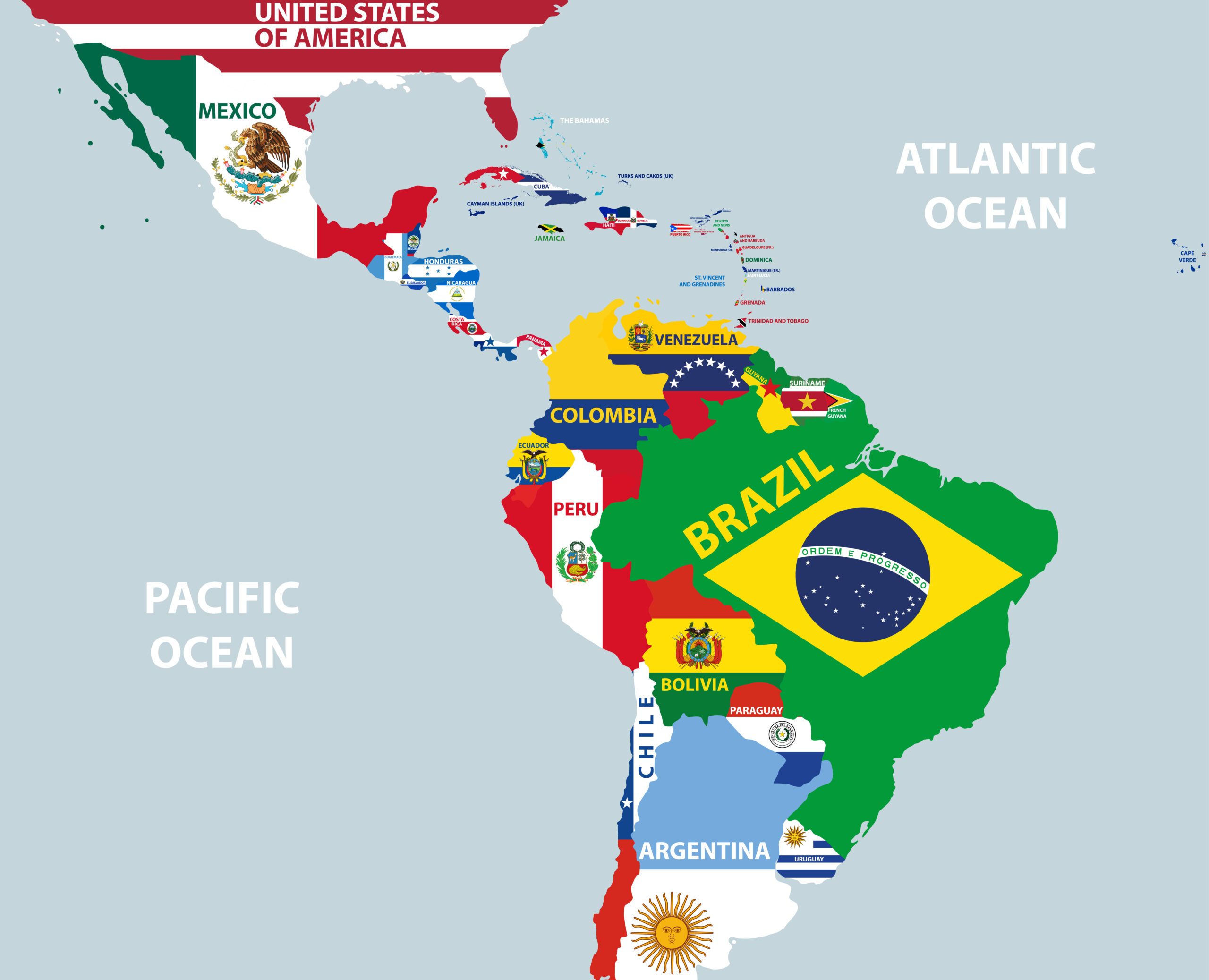
4 Michelle Bachelet (Chile): Michelle Bachelet served as Chile’s president from 2006 to 2010 and later from 2014 to 2018. A member of the Socialist Party, she focused on social justice, human rights, and gender equality.
5 Cristina Fernández de Kirchner (Argentina): Cristina Fernández de Kirchner, Argentina’s president from 2007 to 2015, campaigned for human rights and women’s rights. She worked closely with her husband, Nestor Kirchner, and the couple was known as “the Clintons of the South” for their partnership. During her campaign, she called the “Hillary Clinton of Latin America.” But she won her presidential campaign, and Clinton did not.
6 Laura Chinchilla (Costa Rica): Laura Chinchilla, president of Costa Rica from 2010 to 2014, championed centrist policies. She emphasized free-market principles and expanded the country’s free trade deals.
7 Mireya Moscoso (Panama): Born on July 1, 1946, Mireya Moscoso is a Panamanian politician who served as the President of Panama from 1999 to 2004. She holds the distinction of being Panama’s first and only female president. During her tenure, she oversaw the historic handover of the Panama Canal from the United States to Panama.
8 Violeta Barrios Torres de Chamorro (Nicaragua): Born on October 18, 1929, VIoleta Chamorro served as the 55th President of Nicaragua from 1990 to 1997. Like some of the other women listed here, she holds the distinction of being her country’s first and only female president. Before her presidency, she was also a member of the Junta of National Reconstruction from 1979 to 1980. She led her nation during a pivotal period.
The World’s First Female President
9 Rosalía Arteaga Serrano (Ecuador): Born in 1956, Rosalia Arteaga Serrano made history as the country’s first female head of state. She briefly served as acting president for a few days in 1997. In 1996, she became the country’s vice president following the election of Abdalá Bucaram as president. After Bucaram was declared unfit to govern, Arteaga succeeded him. On February 9, 1997, she was sworn in as Ecuador’s first female president. However, two days later, Alarcón regained the presidency with congressional and military support, and Arteaga resigned, reverting to her role as vice president.
10 Lidia Gueiler Tejada (Bolivia): Lidia Tejada made history as the 56th president of Bolivia on an interim basis from 1979 to 1980. She was Bolivia’s first female Head of State and the second female head of state in a republic in the history of the Americas (the first was Isabel Perón). Born in Cochabamba, Bolivia, she joined the Movimiento Nacionalista Revolucionario (MNR) and served in the Congress of Bolivia from 1956 to 1964. After years in exile, she returned to Bolivia in 1979 and became President of the Chamber of Deputies.
11 Isabel Martínez de Perón (Argentina): Born María Estela Martínez Cartas on February 4, 1931, Isabel Peron made history as the world’s first woman president. She served as the 46th President of Argentina from 1974 to 1976. Perón was the third wife of President Juan Perón and had previously served as vice president during his administration.
Feature image and map image courtesy of Deposit Photos.

